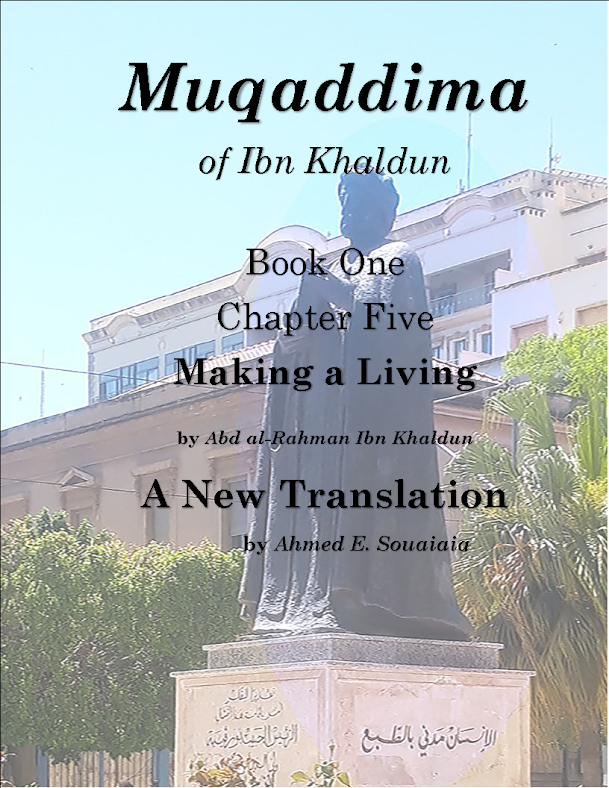
Academics warn about lCNS chemicals that could be weaponized by state actors
Two British academics are warning that rapidly advancing “brain weapons” capable of manipulating consciousness, memory, perception, or behavior are moving from speculation to reality.
Michael Crowley and Malcolm Dando of Bradford University argue that breakthroughs in neuroscience, AI, and pharmacology are converging to create tools that can coerce, incapacitate, or subtly reshape human cognition.
They note that multiple states are already pursuing this frontier, drawing on a long and troubling record of research into central nervous system (CNS)-acting chemical agents by the United States during and after the Cold War. The academics say the technology has evolved into something far more precise and potentially far more dangerous, while global treaties remain unprepared to contain it.
They argue that the world is approaching a point where the human mind itself could become a battleground, and that protecting scientific integrity now is essential to protecting human autonomy.






























































